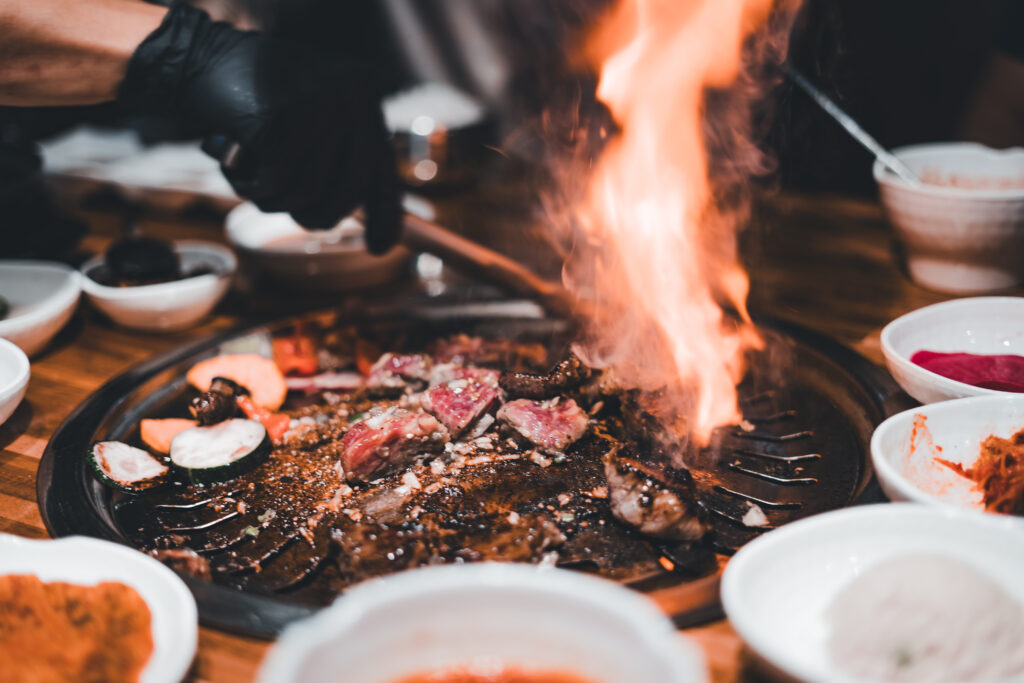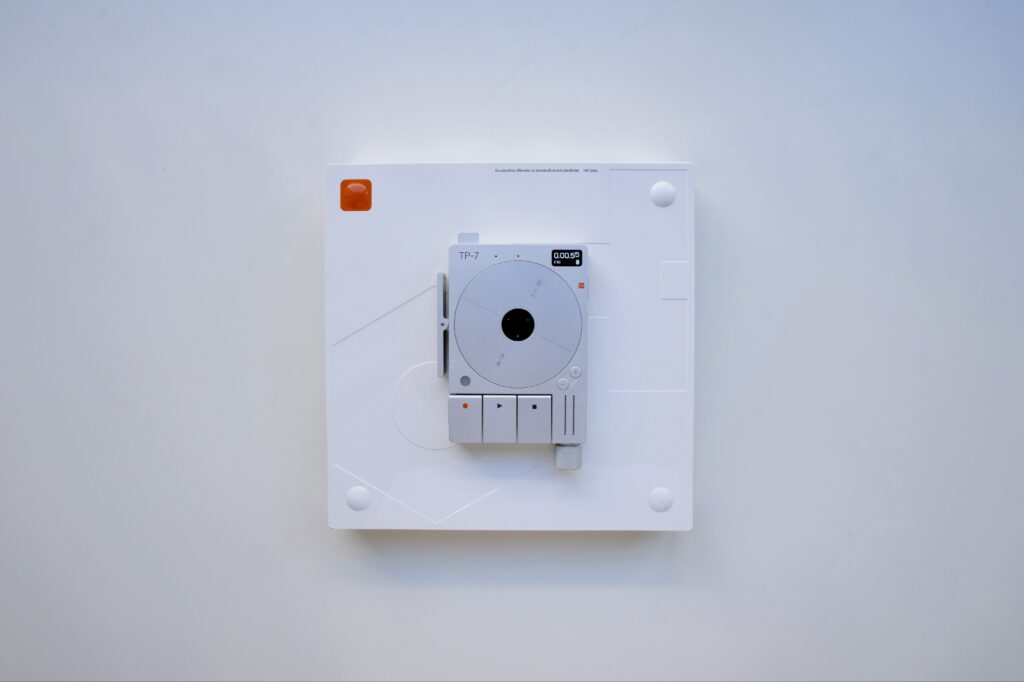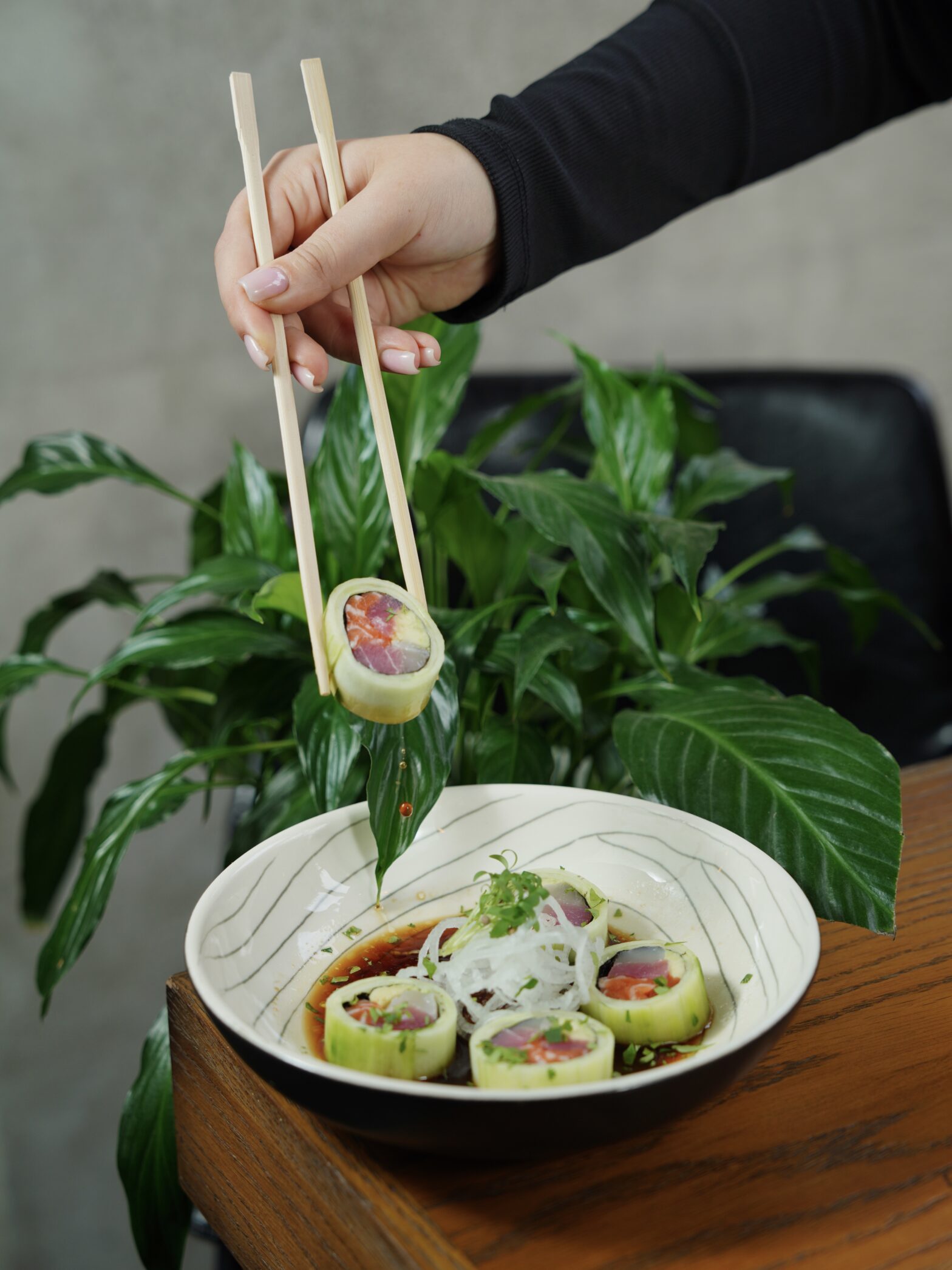Induction cooking has emerged as a game-changer in kitchen design, offering a range of benefits that have revolutionized the culinary landscape. By harnessing magnetic currents to heat up cookware directly, induction stoves not only provide quicker and more efficient cooking, but also enhance safety in the kitchen. While a learning curve is required to master the art of induction cooking, the rewards are worth it. Not only does induction cooking offer faster, more precise, and more even cooking, but it is also energy efficient, reducing greenhouse gas emissions and improving indoor air quality. This article will explore the pros and cons of induction cooking, which include safety features, faster and more efficient cooking, an easier kitchen remodel, financial incentives, and easy cleaning, as well as the need for specific cookware, learning curves, higher cost, potential installation changes, and visual and audible differences.

Pros of Induction Cooking
Safety
One of the major advantages of induction cooking is its safety features. Unlike traditional gas and electric stoves, induction stoves do not have an open flame or exposed heating elements. Instead, they work by using magnetic currents to heat up the cookware directly. This means that the surface of the induction cooktop remains cool to the touch, reducing the risk of burns and other accidents. Additionally, induction cooktops have built-in safety features such as automatic shut-off and pan detection, which further enhance the safety aspect.
Faster and More Efficient Cooking
Induction cooking offers faster and more efficient cooking compared to traditional methods. The magnetic currents directly heat up the cookware, resulting in quicker heat transfer and faster cooking times. This can be particularly advantageous for busy individuals or those who frequently cook large meals. Additionally, induction cooktops provide precise temperature control, allowing for more even cooking and reducing the chances of overcooking or undercooking food.
Easier Kitchen Remodel
Induction cooktops are a great option for kitchen remodels due to their compact and versatile design. Unlike gas stoves that require gas lines or electric stoves that need extensive wiring, induction cooktops only require a single electrical connection. This simplifies the installation process and provides more flexibility in kitchen design. Furthermore, induction cooktops can be installed in various locations such as islands, countertops, or even in specially designed modular cooktops.
Financial Incentives
There are financial incentives associated with using induction cooking. Many utility companies offer rebates or incentives for homeowners who switch to induction cooktops. These incentives are generally based on energy efficiency and the reduction in greenhouse gas emissions. Additionally, induction cooktops are highly energy efficient, which can lead to lower utility bills over time. The precise temperature control also helps prevent energy waste, as there is no residual heat loss or heat dissipation into the kitchen.
Easy Cleaning
Cleaning an induction cooktop is a breeze compared to traditional stoves. Since the cookware is directly heated, spills and splatters do not burn onto the surface of the cooktop. Instead, they remain contained within the cookware, making cleanup as simple as wiping the surface with a damp cloth. Additionally, the smooth and flat surface of induction cooktops eliminates crevices or grates, which are common in gas and electric stoves and can be difficult to clean.
Cons of Induction Cooking
Need for Specific Cookware
One of the main disadvantages of induction cooking is the need for specific cookware. Induction cooktops require cookware that is magnetic, such as cast iron, enameled cast iron, or stainless steel. This means that non-magnetic cookware, such as aluminum or copper, cannot be used on induction stoves. For individuals who already have a collection of non-magnetic cookware, this may require investing in new cookware specifically for induction cooking.
Learning Curves
Cooking with induction stoves can have a learning curve, especially for individuals who are accustomed to traditional cooking methods. The precise temperature control and rapid heat transfer of induction cooking may require adjustments to cooking techniques and times. It may take some time for users to become familiar with the nuances of induction cooking and optimize their recipes for this type of stove.
Higher Cost
Induction cooktops are generally more expensive than traditional gas or electric stoves. The cost of the cooktop itself, as well as the specific magnetic cookware required, can be higher compared to traditional cooking equipment. However, it is important to consider the long-term benefits and potential energy savings of induction cooking when evaluating its overall cost.
Visual and Audible Differences
Induction cooktops can have visual and audible differences compared to traditional stoves. The absence of a flame or visible heating element may take some getting used to for individuals accustomed to the visual cues of gas or electric stoves. Additionally, induction cooktops can emit a slight buzzing sound during operation, which is a result of the magnetic currents. Although this sound is generally minimal, it may be noticeable in quiet environments.
Potential Installation Changes
Switching to induction cooking may require some installation changes, especially if the kitchen is not already equipped with an electrical connection suitable for induction cooktops. Installing a dedicated electrical circuit for the cooktop, or even upgrading the electrical panel, may be necessary. This can add to the overall cost and inconvenience of switching to induction cooking.

How Induction Cooking Works
Induction cooking works by using magnetic currents to heat up the cookware directly. The induction cooktop contains a coil of copper wire beneath the surface. When an electric current passes through this coil, it generates an alternating magnetic field. This magnetic field induces electrical currents in the magnetic cookware placed on the cooktop. These electrical currents generate heat, which is then transferred to the food inside the cookware.
Unlike gas or electric stoves, which rely on direct heat transfer through a flame or heating element, induction cooking is a more efficient and precise method. The magnetic currents directly heat up the cookware, resulting in faster and more even cooking. The cooktop surface itself remains cool to the touch, providing a safer cooking environment.
Induction Cookware
Types of Induction Cookware
Induction cookware must be magnetic in order to work effectively on induction cooktops. There are several types of cookware that are compatible with induction cooking, including cast iron, enameled cast iron, and stainless steel. These materials have the necessary magnetic properties to generate the electrical currents required for induction cooking. It is important to check the compatibility of cookware before using it on an induction cooktop, as non-magnetic cookware will not work effectively.
Advantages of Using Induction Cookware
Using induction cookware offers several advantages. Firstly, the magnetic properties of induction cookware allow for efficient heat transfer and faster cooking times. This can save both time and energy. Additionally, induction cookware distributes heat evenly across the cooking surface, resulting in more precise and consistent cooking. The magnetic properties also ensure that the cookware responds quickly to changes in temperature, allowing for better control during cooking. Lastly, induction cookware is generally durable and easy to clean, making it a convenient choice for any kitchen.

Benefits of Induction Cooking
Quicker Cooking Times
One of the main benefits of induction cooking is the significantly quicker cooking times compared to traditional methods. The direct heat transfer from the magnetic currents allows the cookware to heat up rapidly, reducing the time needed to bring ingredients to a boil or to cook through. This is particularly advantageous for individuals with busy lifestyles or those preparing multiple dishes simultaneously.
Precise and Even Cooking
Induction cooking provides precise temperature control, allowing for more accurate and consistent cooking results. The ability to adjust the heat quickly and precisely ensures that food is cooked to the desired level without the risk of burning or undercooking. Additionally, the even distribution of heat across the cooking surface ensures that food is cooked uniformly, eliminating hot spots or uneven cooking.
Energy Efficiency
Induction cooking is highly energy efficient. The direct heat transfer from the magnetic currents results in minimal heat loss to the surrounding environment, reducing energy waste. Additionally, induction cooktops respond instantly to changes in temperature, reducing the need for prolonged preheating or simmering. This efficient use of energy not only saves on utility bills but also contributes to a more sustainable and environmentally friendly kitchen.
Reduced Greenhouse Gas Emissions
Induction cooking has a smaller carbon footprint compared to traditional cooking methods. Due to its energy efficiency, induction cooktops consume less electricity and, therefore, produce fewer greenhouse gas emissions. This makes induction cooking a more environmentally friendly option for those concerned about their carbon footprint and the impact of their everyday activities on the planet.
Improved Indoor Air Quality
Traditional cooking methods, such as gas stoves, can release harmful byproducts into the air, impacting indoor air quality. For example, burning gas can release nitrogen dioxide, carbon monoxide, and other pollutants. In contrast, induction cooking produces no combustion byproducts, as it uses magnetic currents to directly heat the cookware. This results in improved indoor air quality and a healthier cooking environment.
Challenges of Induction Cooking
Learning Curve
One challenge of induction cooking is the learning curve associated with using this type of stove. The precise temperature control and rapid heat transfer may require adjustments to cooking techniques, recipes, and standard cooking times. Users will need to become familiar with the nuances of induction cooking, such as the effect of the magnetic currents on heat distribution and the need for cookware compatibility. With time and practice, however, users can adapt to these differences and optimize their cooking skills.
Cost Considerations
Switching to induction cooking may come with a higher upfront cost compared to traditional stoves. The cost of the cooktop itself, as well as the need for specific magnetic cookware, can be higher than the alternatives. However, it is important to consider the long-term benefits and potential energy savings of induction cooking. Lower utility bills, energy efficiency incentives, and potential rebates can help offset the initial investment.
Limited Cookware Compatibility
Induction cooking requires specific magnetic cookware, which can limit the options for individuals who already have non-magnetic cookware collections. If a significant investment in new cookware is required, this should be taken into consideration when evaluating the feasibility of induction cooking. However, many modern cookware manufacturers have started producing induction-compatible options to cater to the growing demand for this cooking method.
Visual and Audible Differences
Induction cooktops can differ visually and audibly from traditional stoves. The absence of a flame or visible heating element may take some time to get used to for individuals accustomed to the traditional stove aesthetic. Additionally, induction cooktops can emit a slight buzzing sound during operation, which is a result of the magnetic currents. Though generally minimal, this sound may be noticeable in quieter environments.
Installation and Power Requirements
Switching to induction cooking may require some installation changes, especially if the kitchen is not already equipped with an electrical connection suitable for induction cooktops. While induction cooktops typically only require a single electrical connection, it is important to ensure that the existing electrical infrastructure can handle the power requirements. Upgrading the electrical panel or installing a dedicated circuit may be necessary, adding to the overall cost and complexity of the installation process.
Safety Features of Induction Cooking
Induction cooking comes with several built-in safety features to ensure a safe cooking experience. One of the main safety features is the absence of an open flame or exposed heating elements, which significantly reduces the risk of burns or accidents. Induction cooktops also have automatic shut-off features that turn off the heat when the cookware is removed from the surface or when a certain temperature threshold is reached. Additionally, many induction cooktops have pan detection capabilities, which prevent the cooktop from heating up unless suitable cookware is detected.
Popular Induction Cooktop Brands
There are several popular brands that offer induction cooktops in the market. These brands prioritize quality, performance, and reliability, making them a go-to choice for induction cooking enthusiasts. Some popular induction cooktop brands include Bosch, Electrolux, GE, KitchenAid, Samsung, and Whirlpool. These brands offer a range of options in terms of style, size, and features, allowing consumers to find a cooktop that best suits their needs and preferences.
Should You Consider Induction Cooking?
The decision to switch to induction cooking ultimately depends on individual needs, preferences, and circumstances. However, there are several factors to consider when evaluating the suitability of induction cooking. If safety is a significant concern, then the absence of an open flame and cool cooktop surface make induction cooking a safer option. Individuals who value efficiency, precise temperature control, and even cooking may also find induction cooking beneficial. Additionally, those looking for energy-efficient and environmentally friendly cooking methods may be attracted to the reduced greenhouse gas emissions and improved indoor air quality associated with induction cooking.
It is important to take into account the potential challenges of induction cooking, such as the need for specific cookware, the learning curve, the higher initial cost, and potential installation requirements. These factors may require additional investments of time and money. However, the long-term benefits, such as quicker cooking times, energy efficiency, and improved cooking results, may outweigh these considerations for many individuals.
Conclusion
Induction cooking offers several advantages, making it an increasingly popular choice in modern kitchens. The safety features, faster and more efficient cooking, easier kitchen remodel, financial incentives, and easy cleaning make induction cooking an attractive option for those looking to upgrade their cooking experience. However, it is important to consider the potential challenges, such as the need for specific cookware, the learning curve, the higher cost, and potential installation changes.
Ultimately, the decision to switch to induction cooking should be based on individual needs, preferences, and circumstances. Induction cooking provides a safer and more efficient cooking experience, along with benefits such as energy efficiency and improved indoor air quality. By weighing the pros and cons and considering the various factors, individuals can make an informed decision on whether induction cooking is the right choice for them.
